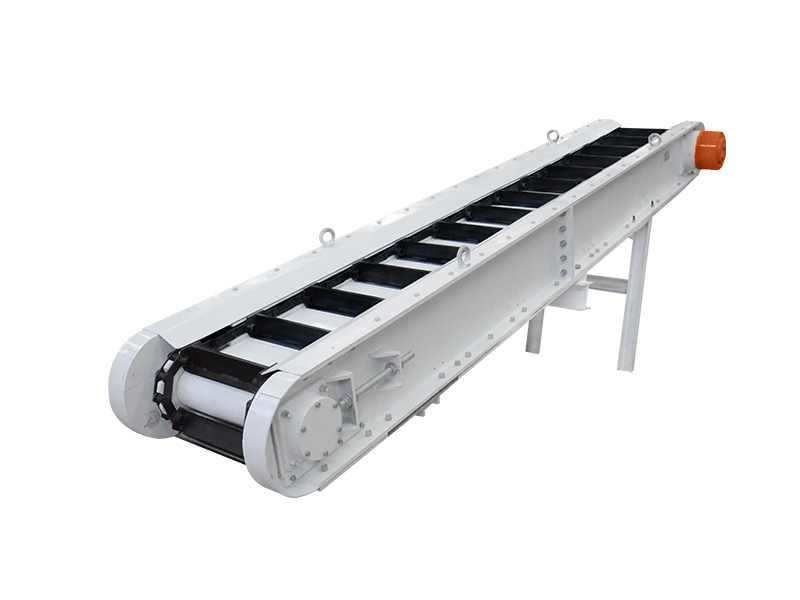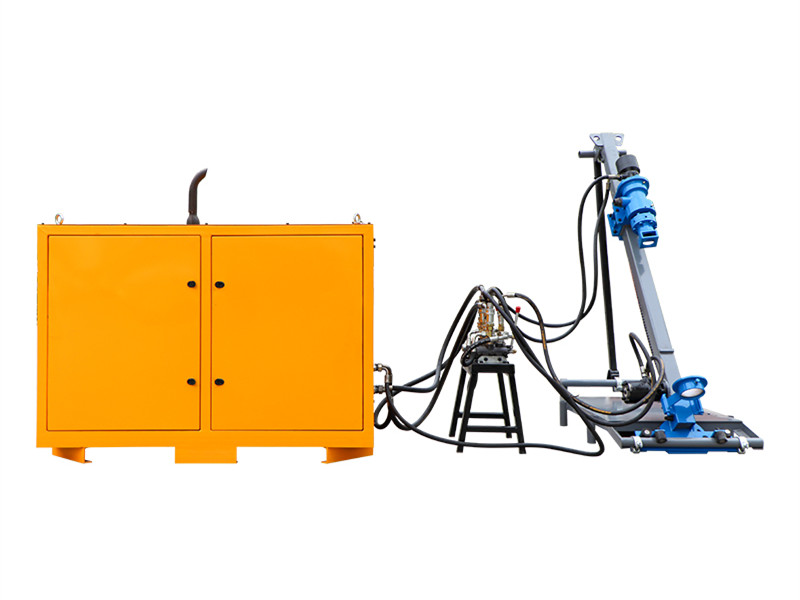For hydraulic jacks, when installing the sealing gland screws of the hydraulic jack body, the tightening degree is appropriate to ensure that the piston can move flexibly on the full stroke, without blocking and uneven weight. If the screw is too tight, it will increase the resistance and accelerate the wear; if it is too loose, it will cause oil leakage. Manufacturers of hydraulic jacks with exhaust valves or exhaust plugs must install the exhaust valve or exhaust plug at a high point in order to exclude air. In the case of large stroke and high working oil temperature, one end of the hydraulic jack must be kept floating to prevent the influence of thermal expansion.
When the hydraulic jack is installed on the machine tool, attention must be paid to the parallelism and straightness of the cylinder and the machine tool guide rail, and the deviation should be within 0.1mm/full length. If the length of the bus bar on the hydraulic jack is out of tolerance, the bottom surface of the support of the hydraulic jack should be repaired or the contact surface of the machine tool should be repaired to meet the requirements. If the side busbar is out of tolerance, loosen the hydraulic jack and the fixing screw of the machine tool, pull out the positioning pin, and correct the accuracy of the side busbar.
And for hydraulic jacks, only when they are installed correctly can they be used with ease, so as to prolong the service life of the jacks. If you encounter problems that cannot be solved during the installation process, you can contact us directly.
The above is the introduction of relevant information about the installation and application of hydraulic jacks. If you want to know more or want to buy a tensioning hydraulic jack or liftinghydraulic jack, please contact us directly. Email address: sales1@leadcrete.com
Your position:
Home > News > Product News
How to install a hydraulic jack?
date: 2022-10-31
Hydraulic cylinder for sale
2022-10-23
Inquiry
Please feel free to submit your inquiry information to us. We will contact with you as soon as possible.


.jpg)
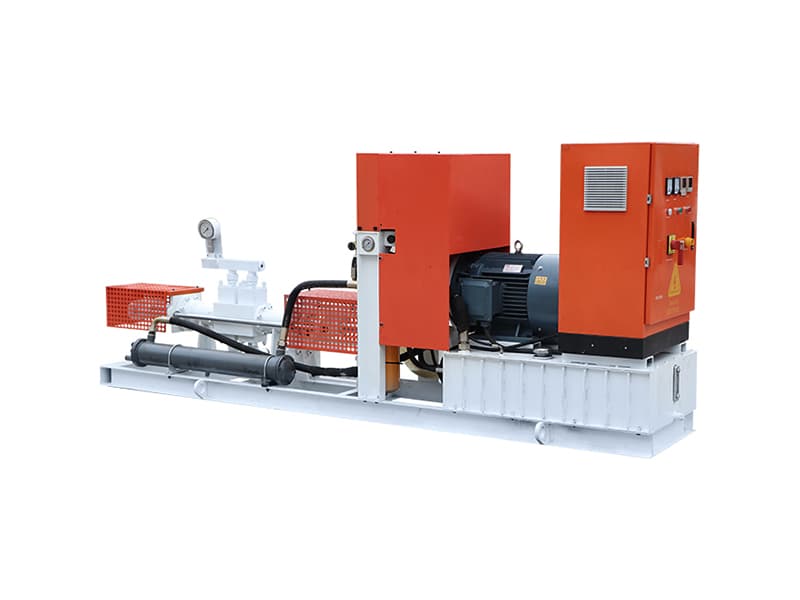
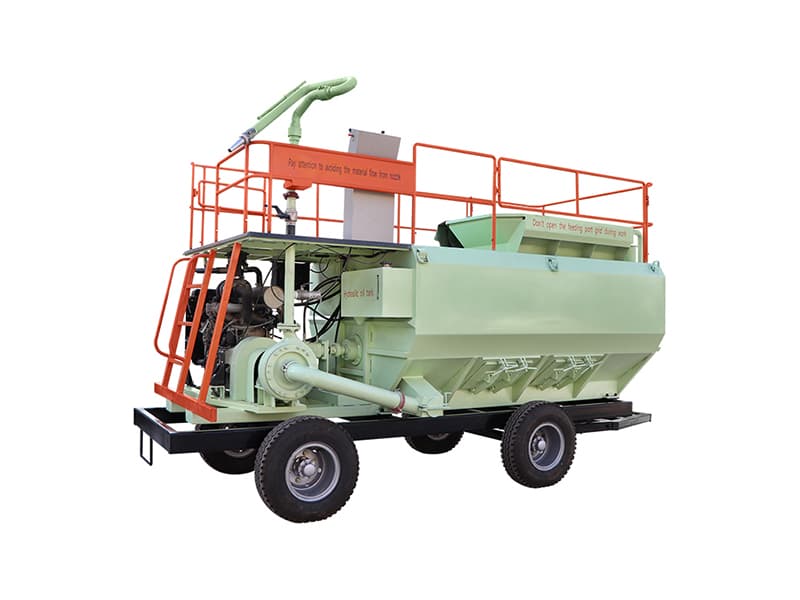
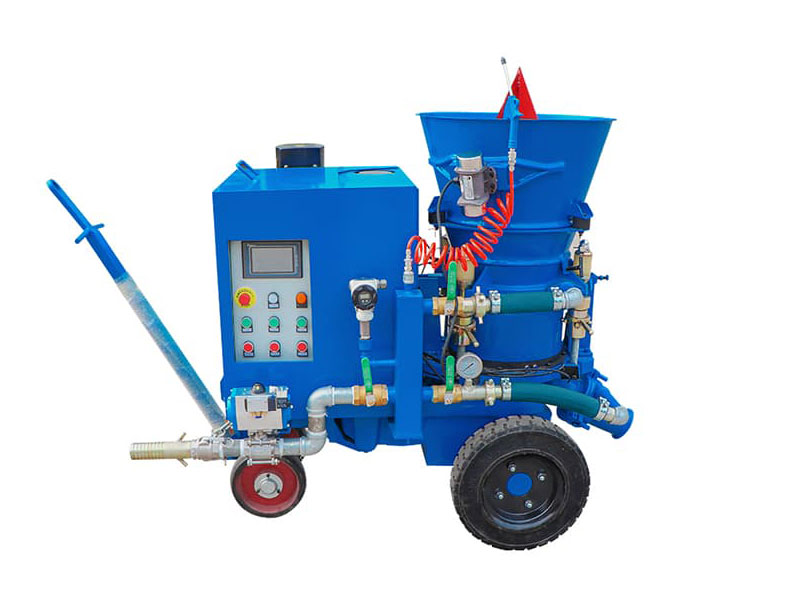

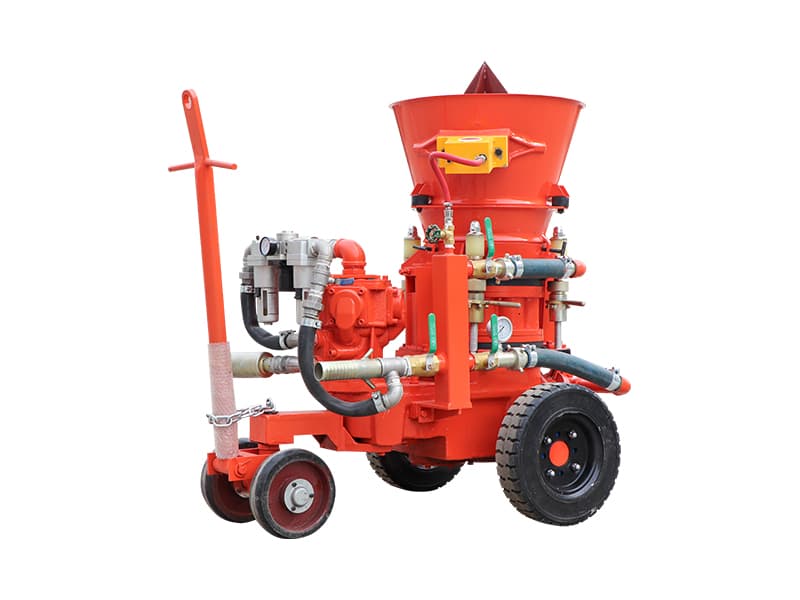
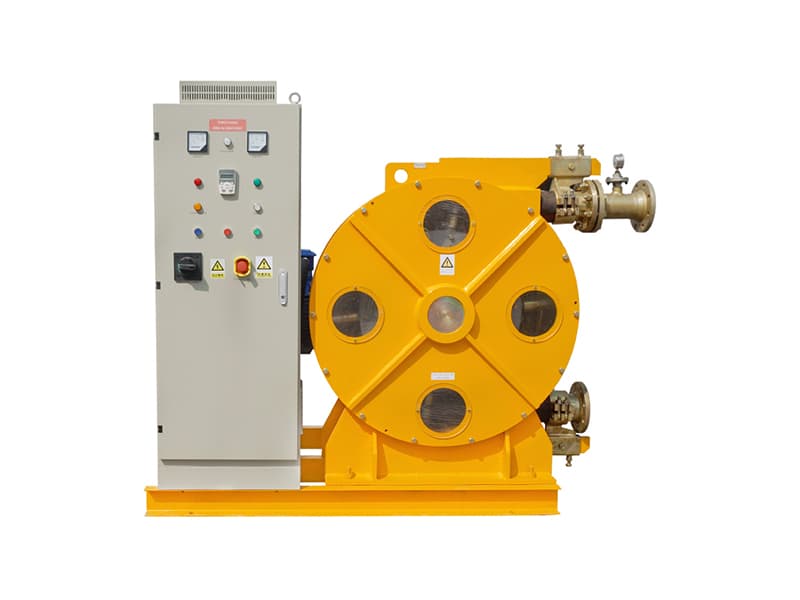
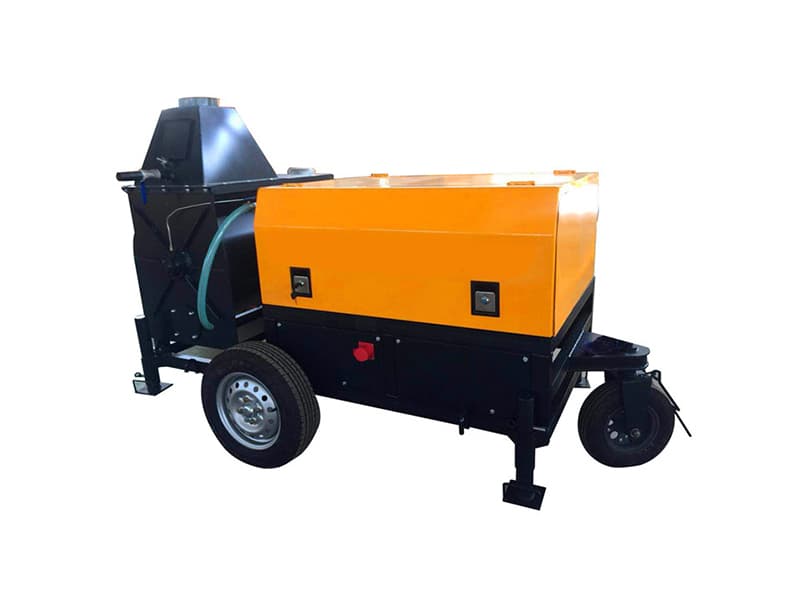
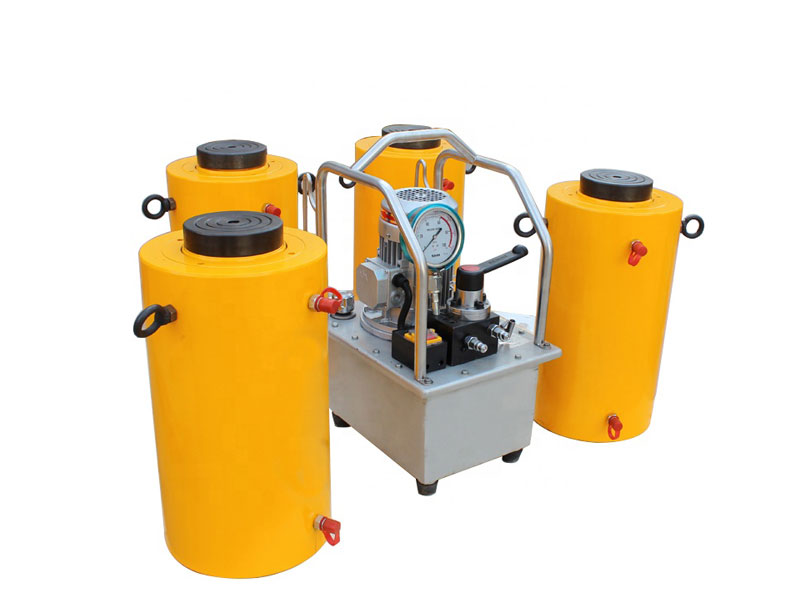
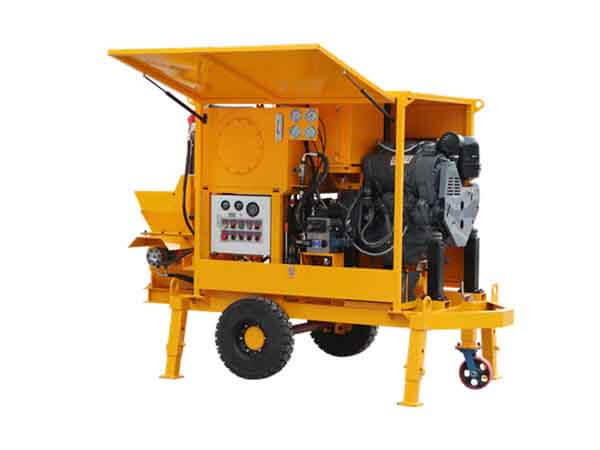
.jpg)

